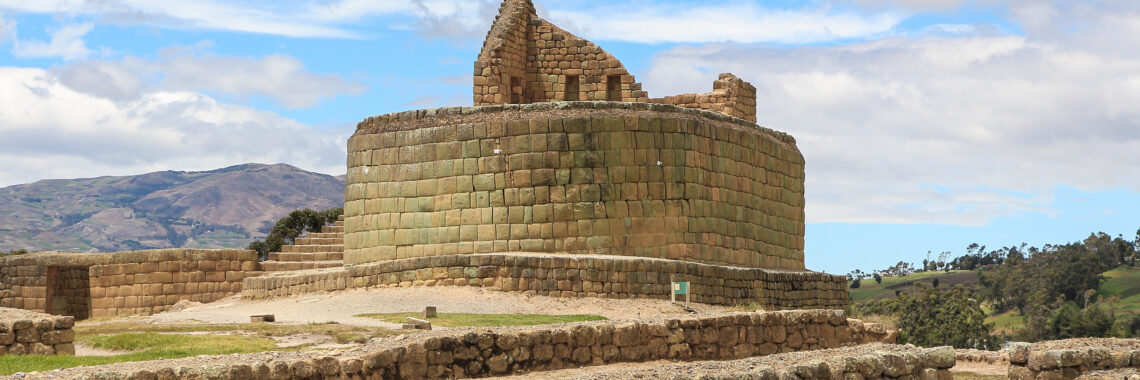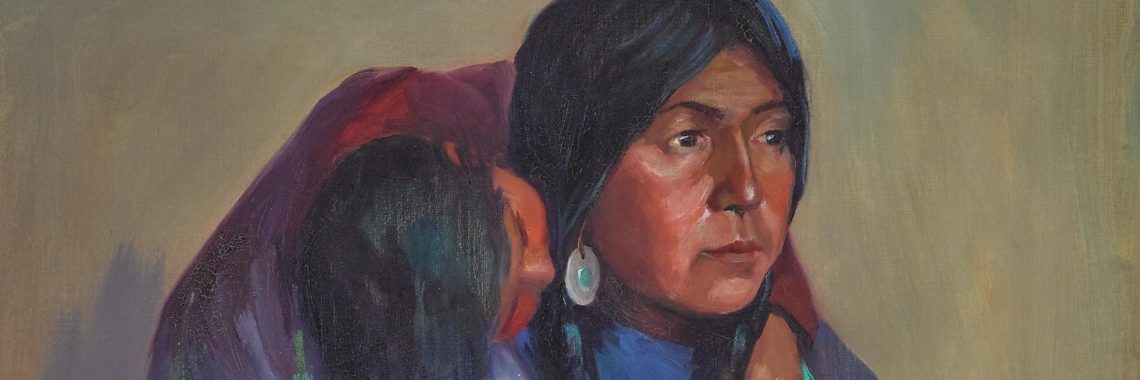“Traditional Ecological Knowledge (TEK) and Indigenous Religious Freedom: The Case of Chí’chil Biłdagoteel” by Brady Earley
Tonto National Forest by Janet Ward (CC BY 2.0). Among the Supreme Court’s most significant decisions on religious exercise this term was the decision not to act. The case—Apache Stronghold v. United States—was relisted 17 times before the Court issued a denial of certiorari indicating they would not hear the case. The conflict involved a…











